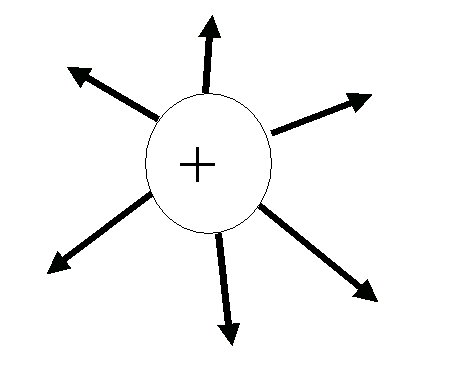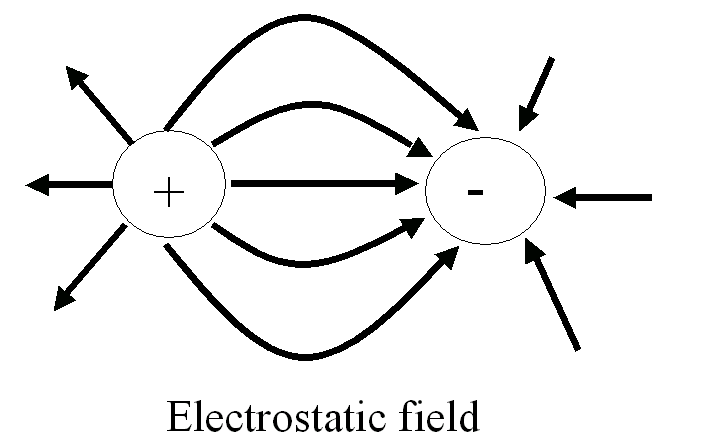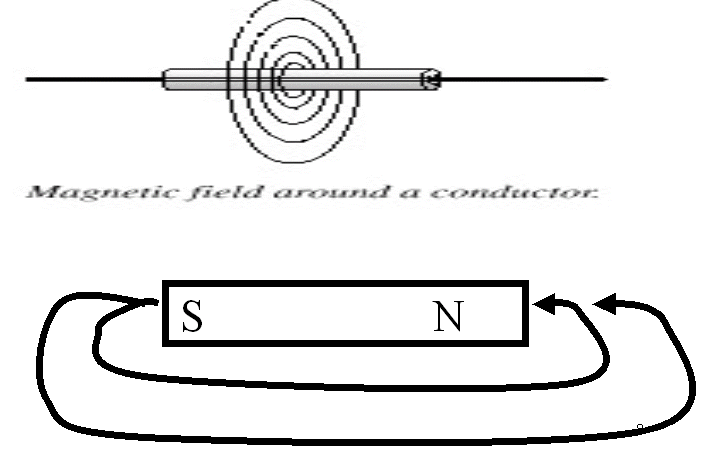
Radiation
Learning Goals:
Be able to distinguish ionizing and non-ionizing radiation
Determine the most prevalent forms of non-ionizing radiation
Know the main types of ionizing radiation and how they are described
How health hazards are determined
Be able to describe workplace and environmental radiation standards
Learn about the main types of monitoring and their limitations.
We may divide radiation hazards into Ionizing Radiation and Non-ionizing Radiation. Ionizing radiation is either high energy subatomic particles or extremely short wavelength, high-energy electromagnetic energy. The term "radioactive" is used to describe sources of ionizing radiation. We'll talk about that in more detail later in this submodule.
Non-ionizing radiation is seldom a hazardous waste issue in itself, but non-ionizing radiation is often a safety issue, so we will treat it briefly.
An electric charge generates an electric field. For example, a lone proton in outer space:

Where the lines indicate a force field. For example, if you tried to bring another positive charge close to this one, they would repel with a definite force.

Here the electric field between a positive and a negative charge would pull the two charges together. This field exists in a vacuum, without any medium between the charges.
Likewise there are magnetic fields.

There is a magnetic field between the north and south poles of a magnet. This field also exists in a vacuum. Magnetic fields also exist about a conductor through which charge is moving.